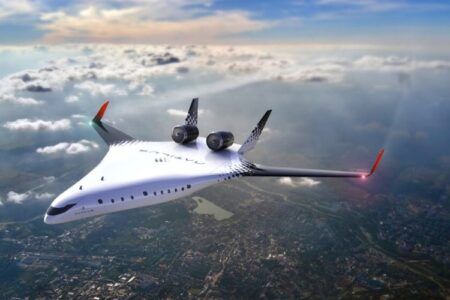Mitsubishi Aircraft has confirmed that the new name for its regional jet family of aircraft and revamped the program, cancelling work on the 70-seat variant and replacing it with a 76-seat airplane called the SpaceJet M100.
The Mitsubishi Regional Jet (MRJ), development of which started in 2004, was to be produced in 70-seat and 90-seat capacity versions, known as the MRJ70 and MRJ90, but will now be developed as the SpaceJet M100 and SpaceJet M90.
Hisakazu Mizutani, president of Mitsubishi Aircraft said, “The SpaceJet family represents our plan to redefine the business of regional air travel.
“As we prepare for entry-into-service for the SpaceJet M90, we are also announcing the SpaceJet M100 – the result of our R&D during the past few years and the answer to the regional market’s current and future needs. These products mark our dedication to a segment in desperate need of change that will allow airlines to enhance the satisfaction of their passengers and significantly improve their business performance.”
The SpaceJet M90 has been undergoing certification flight testing at Mitsubishi’s facility in Moses Lake, Washington state and is expected to enter service “mid-2020”, the company has said.
Meanwhile, the SpaceJet M100 has been designed as the result of a “concept study” conducted by Mitsubishi into the MRJ70, which critics said was too small for its target market. The Spacejet M100 aircraft has been designed to have 65-76 seats in a three-class cabin or up to 88 seats in a single class configuration and is “perfectly matched to the United States and global markets alike”, said the company.
The SpaceJet M100 is expected to enter service in 2022, around 18 months after the M90.
Alex Bellamy, chief development officer of Mitsubishi Aircraft Corporation said, “Millions of people around the world rely on regional air travel to get to where they need to go. There is no reason that their experience as passengers should not be as good as or better than on a mainline flight. The SpaceJet family provides the missing link in a curb-to-curb experience for the next generation of travelers, while bringing a higher level of value to a neglected and undervalued market segment.”





